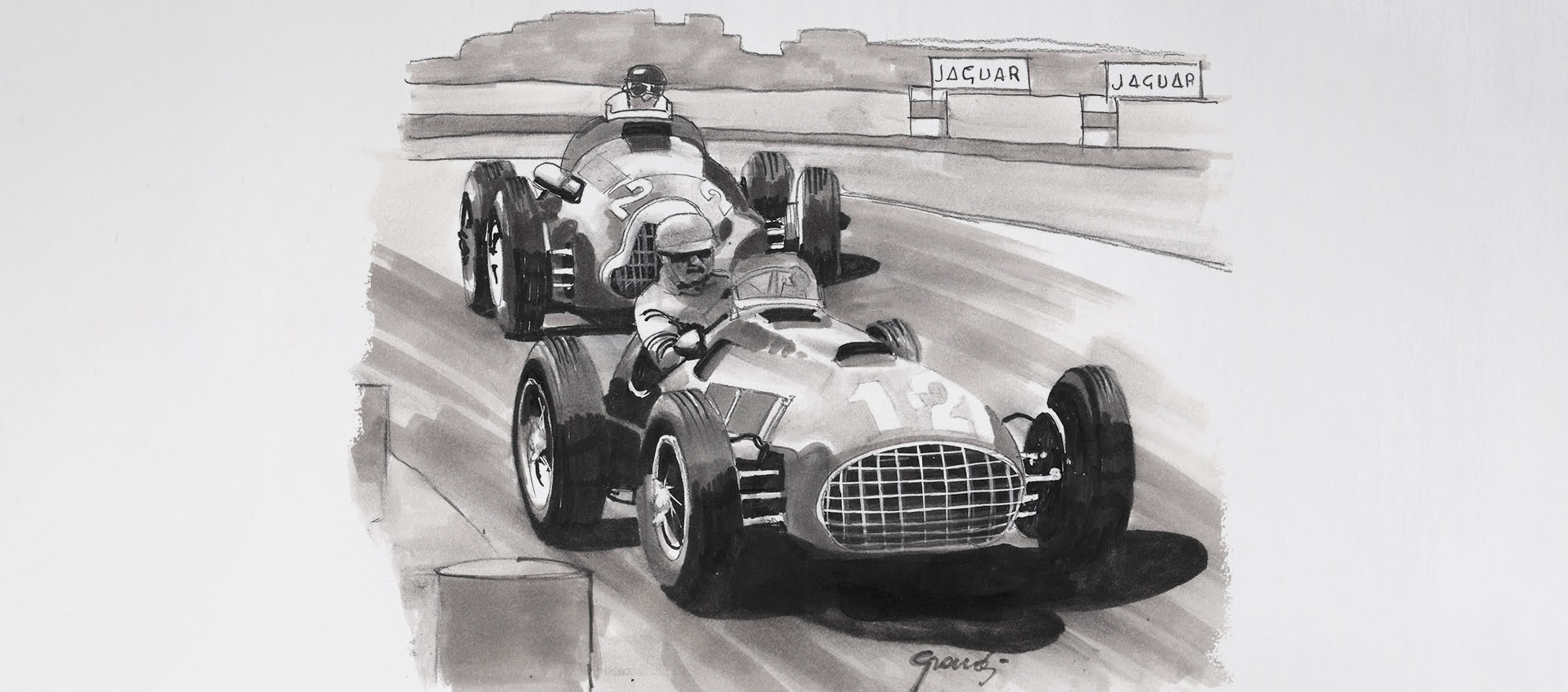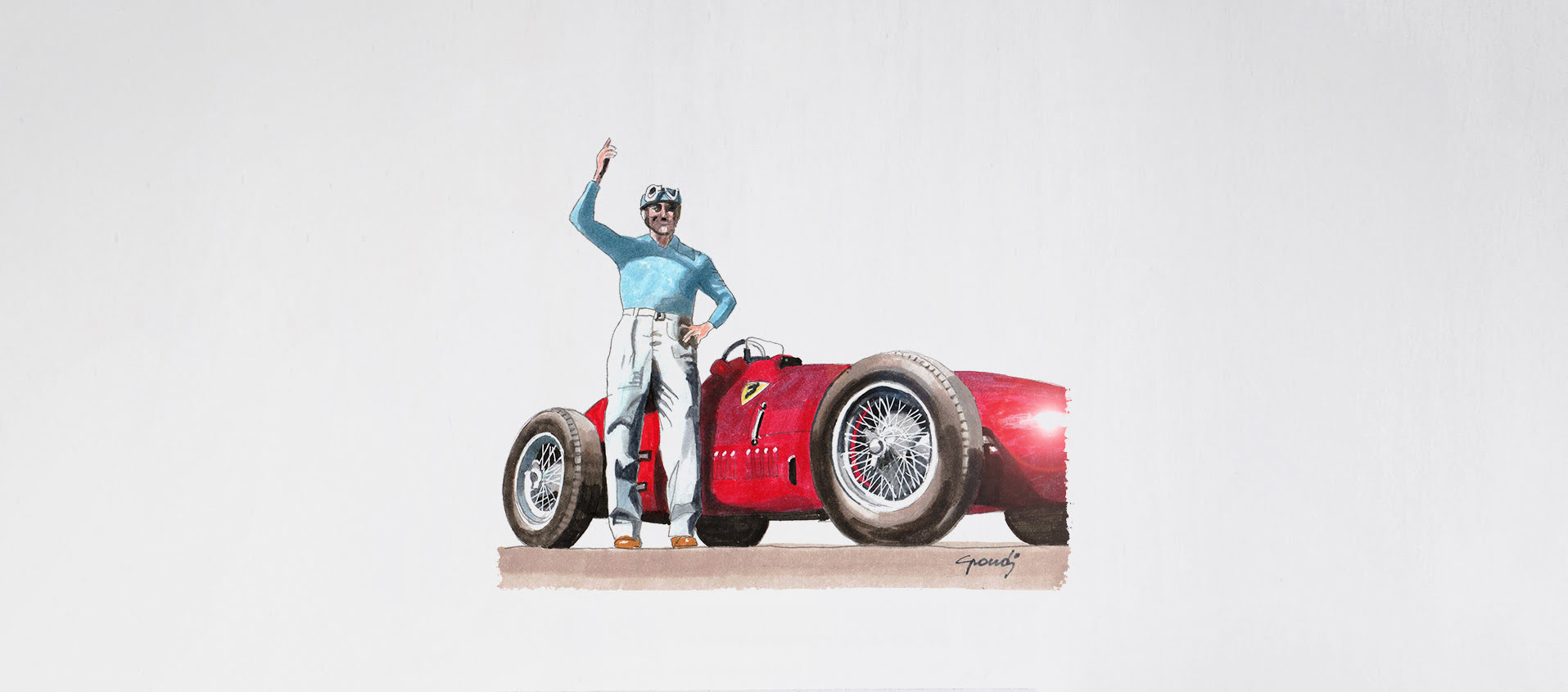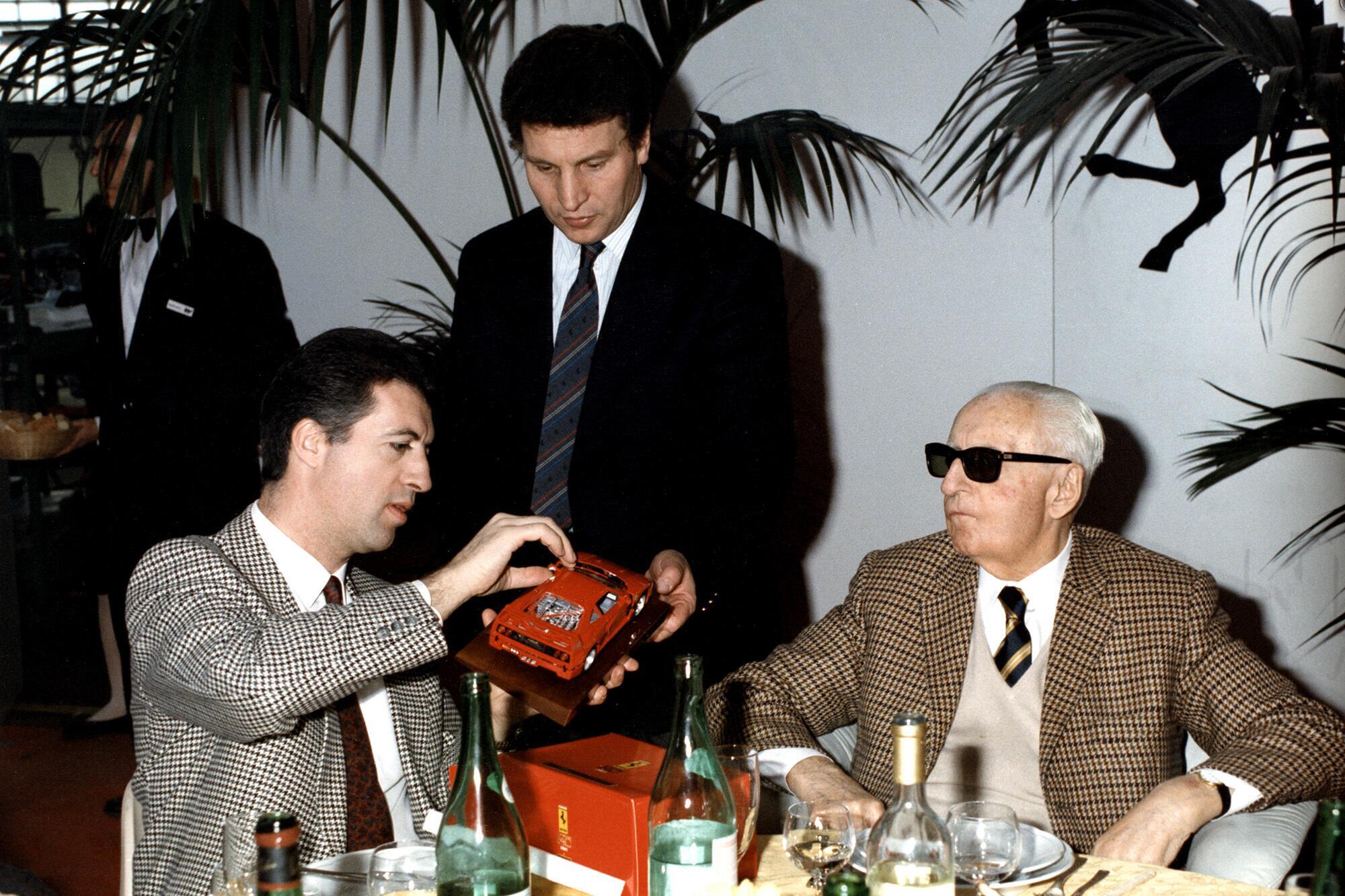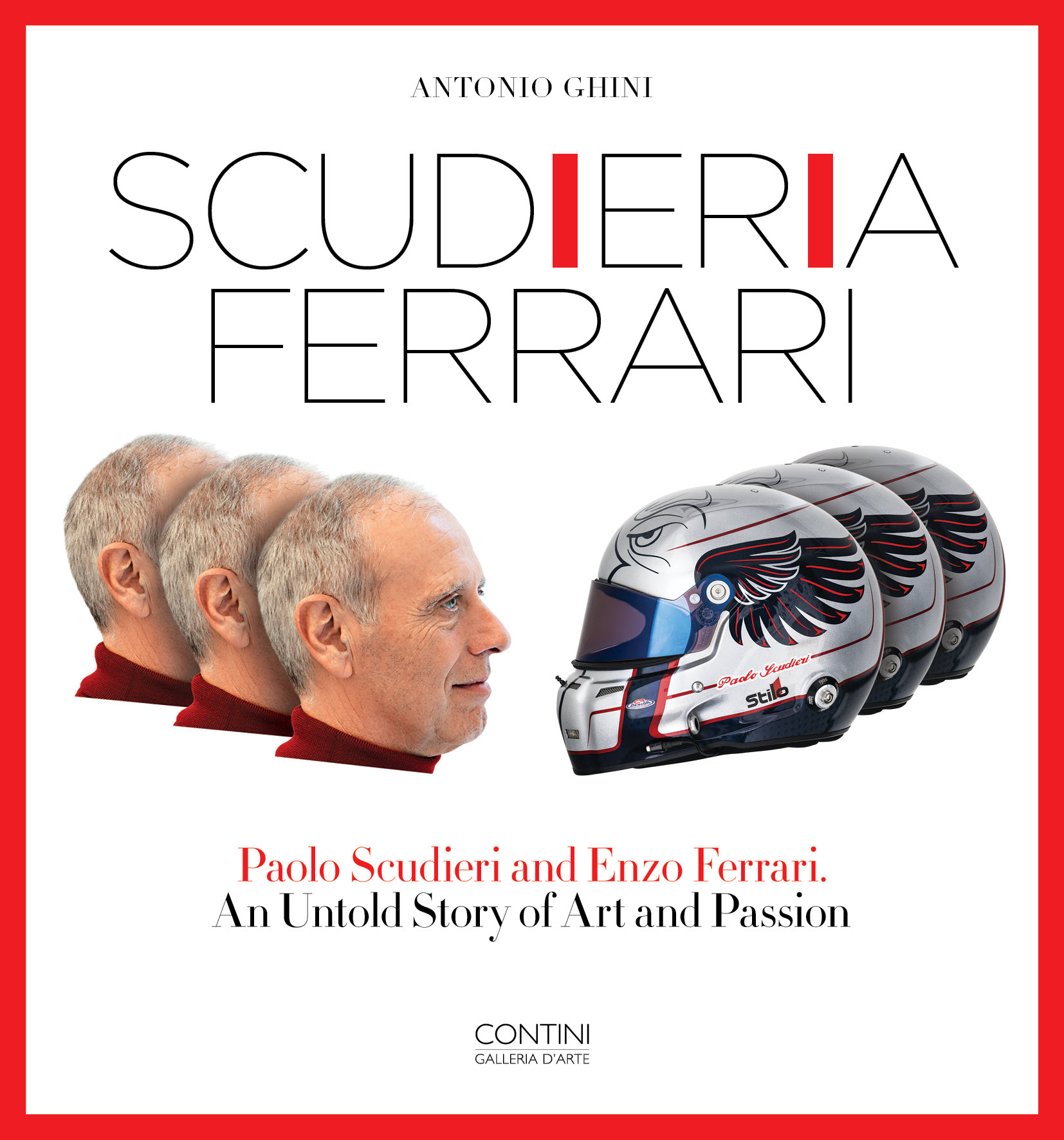1951. Enzo “I killed my mother”
08 March 2021 8 min read 10 images

1950 was the year in which the International Automobile Federation launched the Formula 1 World Championship. Although the technical regulations have changed over time, this is the same championship that is still running to this day. The 1950 formula was based on two engines of the constructor’s choice: a supercharged 1,500cc engine (at that time there were no turbochargers driven by exhaust gases and the compressors driven by the engine itself were used which, fatally, in addition to adding horses also subtracted a few), or normally-aspirated engines with a capacity of 4,500cc.
Register to unlock this article
Signing up is free and gives you access to hundreds of articles and additional benefits. See what’s included in your free membership. See what's included in your free membership.
Already have an account? Log In


